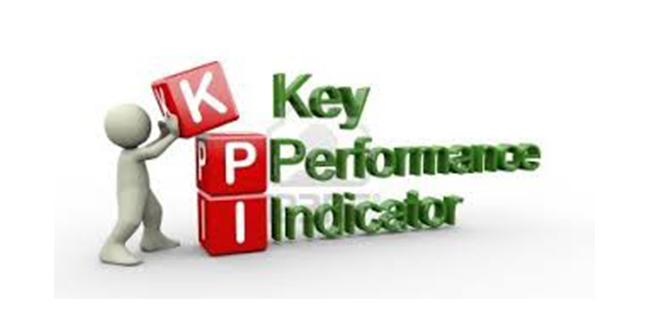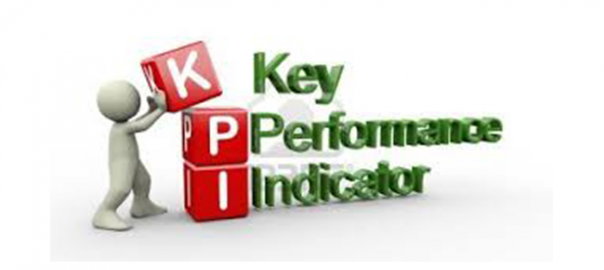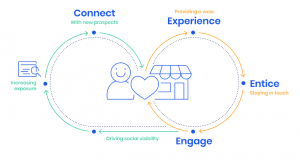 So much information and so little time! This is not an unfamiliar lament amongst small-to-midsize contact centers. With so much data readily available to contact centers, it’s sometimes hard to know which metrics really matter. For companies that don’t have the luxury of big budgets, the amount of information available is sometimes overwhelming. It’s no wonder, then, that fewer than 50% of companies have a good handle on their Key Performance Indicators (KPIs). Knowing which metrics matter and how they factor in to your company’s strategies takes time and resources. Successful call centers have distilled the KPIs that are most useful to their operations and customer experiences while winnowing out those facts and figures that are distracting. Let’s take a look at three KPIs that successful call-centers monitor and use to continuously improve the customer’s experience and the bottom line.
So much information and so little time! This is not an unfamiliar lament amongst small-to-midsize contact centers. With so much data readily available to contact centers, it’s sometimes hard to know which metrics really matter. For companies that don’t have the luxury of big budgets, the amount of information available is sometimes overwhelming. It’s no wonder, then, that fewer than 50% of companies have a good handle on their Key Performance Indicators (KPIs). Knowing which metrics matter and how they factor in to your company’s strategies takes time and resources. Successful call centers have distilled the KPIs that are most useful to their operations and customer experiences while winnowing out those facts and figures that are distracting. Let’s take a look at three KPIs that successful call-centers monitor and use to continuously improve the customer’s experience and the bottom line.
1. First Call Resolution (FCR)
It can be argued that FCR is the single most important KPI regarding customer satisfaction. The research and consulting company Service Quality Measurement (SQM) found that for every one percent improvement in FCR there is a corresponding one percent improvement in overall customer satisfaction. Amongst the top performing contact centers in terms of customer satisfaction, the average FCR rating was 86%, while other centers hovered around an FCR rating of 67%.
In addition to higher customer satisfaction ratings, boosting FCR scores also benefits contact centers by:
- Lowering operating costs. When FCR rates are low, there is a lot of cost associated with the high number of repeat callers.
- Better customer retention. When customer’s issues are resolved on the first call, they are less likely to defect to your competition.
- Improving employee satisfaction. When employees can help a customer resolve their problem on the first call, there is a boost to morale. Additionally, employees are more satisfied with their job if they aren’t dealing with a lot of frustrated customers who need to phone in multiple times to resolve an issue.
Focusing on boosting FCR rates is important, but there is more than meets the eye with this KPI. Defining a “resolved call” can be sticky. Is it when an agent doesn’t need to transfer the call to another department, or is it when no further action needs to be taken? You certainly can’t go wrong by aiming to meet both definitions, but remember, it’s the customer opinion that most matters. If customers aren’t satisfied with how their issues are resolved, then a higher FCR rate means little. To get the most out of higher FCR rates, make sure you’re capturing customer opinions through surveys. This winning combination will yield the best overall results!
2. Abandonment Rates
Tracking abandonment rates is another important KPI, as it can alert contact centers to inefficiencies in the queue process or other issues that are prompting the customer to hang up or abort a live-chat conversation. If your company offers both phone and live-chat support, then you’ll want to track abandonment rates separately, rather than lump them together. Most successful contact centers have low abandonment rates, but here too, chasing the lowest number doesn’t necessarily mean higher customer satisfaction levels. In a paper published by HDI, they found that lower abandonment rates have little impact on customer satisfaction levels. Only when abandonment rate levels increase above seven or eight percent do customer satisfaction levels drop. If lower abandonment rates have little effect on customer experiences, then why does this KPI matter? It matters because contact centers should be looking for the “sweet spot”—if this number is too low, there are higher overhead costs to achieve a lower rate; if this number is too high, you run the risk of frustrating you customer.
3. Response Time
This KPI is an umbrella term that often includes Average Handle Time (AHT) and Average Speed to Answer (ASA). These metrics are fundamental to controlling costs and ensuring positive customer experiences. Monitoring your response time allows you to see how accessible your agents are to customers and give you a measurable tool for proper staffing levels. In terms of setting budgets, this is arguably one of the most important KPIs to consider, as it tells you how effective you are in pairing customers with agents.
While this KPI is nuanced, similar to those mentioned above, with adequate training, you can reap huge benefit in terms of productivity, customer satisfaction, and lower overhead costs.
As with any metric, you’ll want to focus on the bigger picture and not just the number. At the end of the day, what matters most is the customer experience, and if you’re just chasing a better score, then you’re limiting its overall value. When the aforementioned KPIs are utilized in tandem with measuring customer satisfaction, you can maximize their potential in helping you become a world-class contact center.
(251)
Report Post






